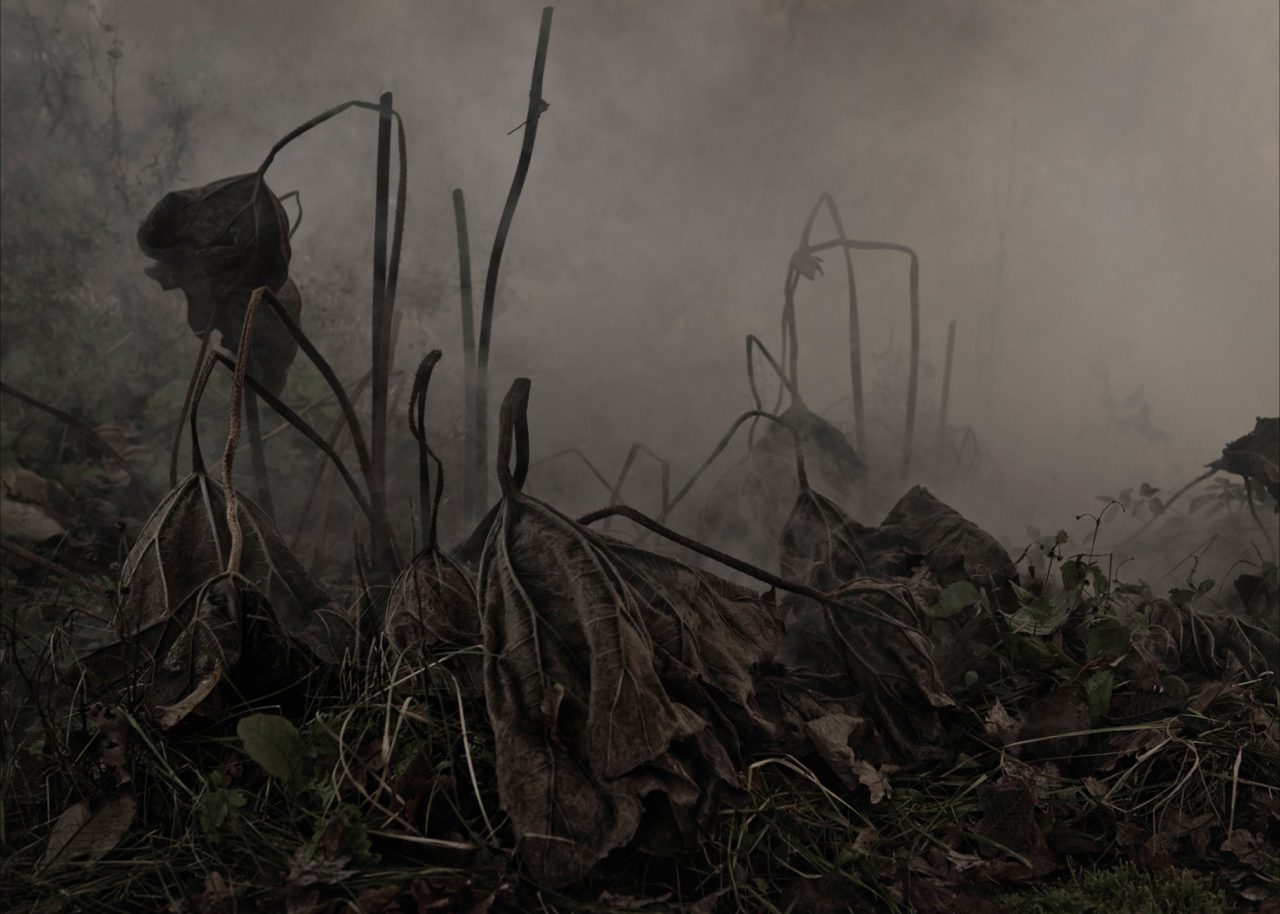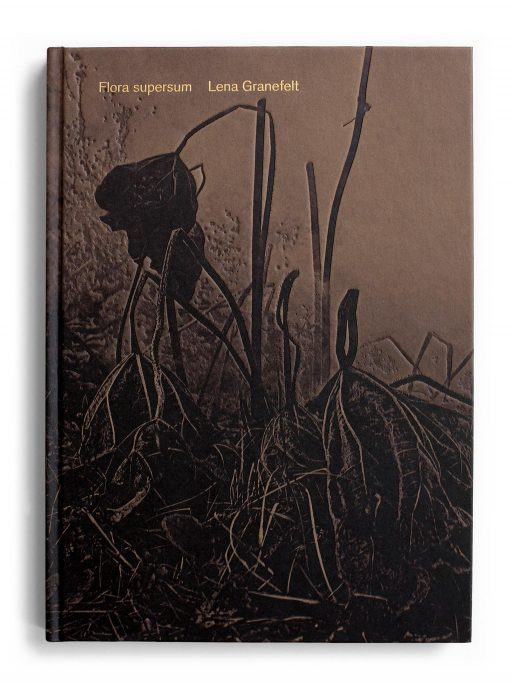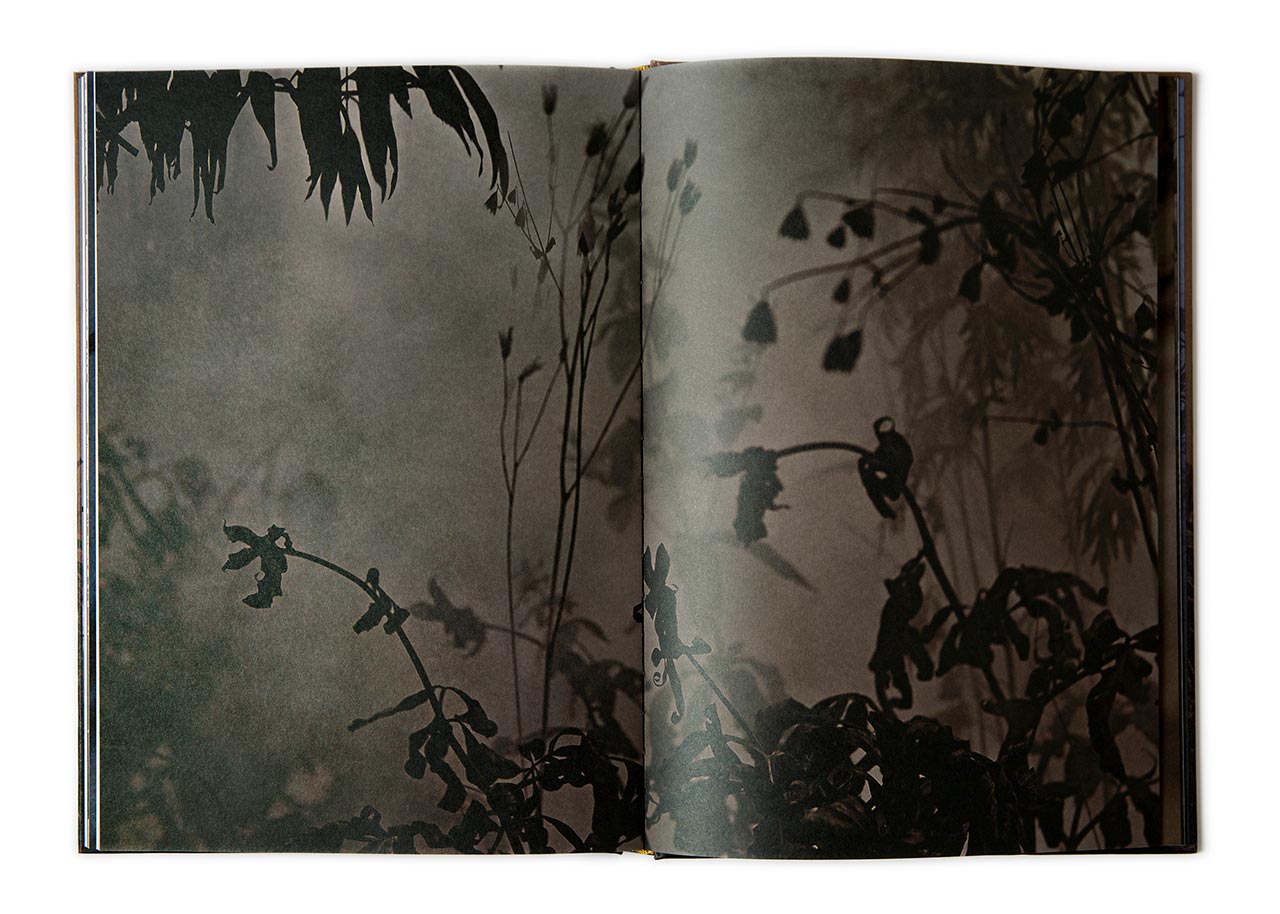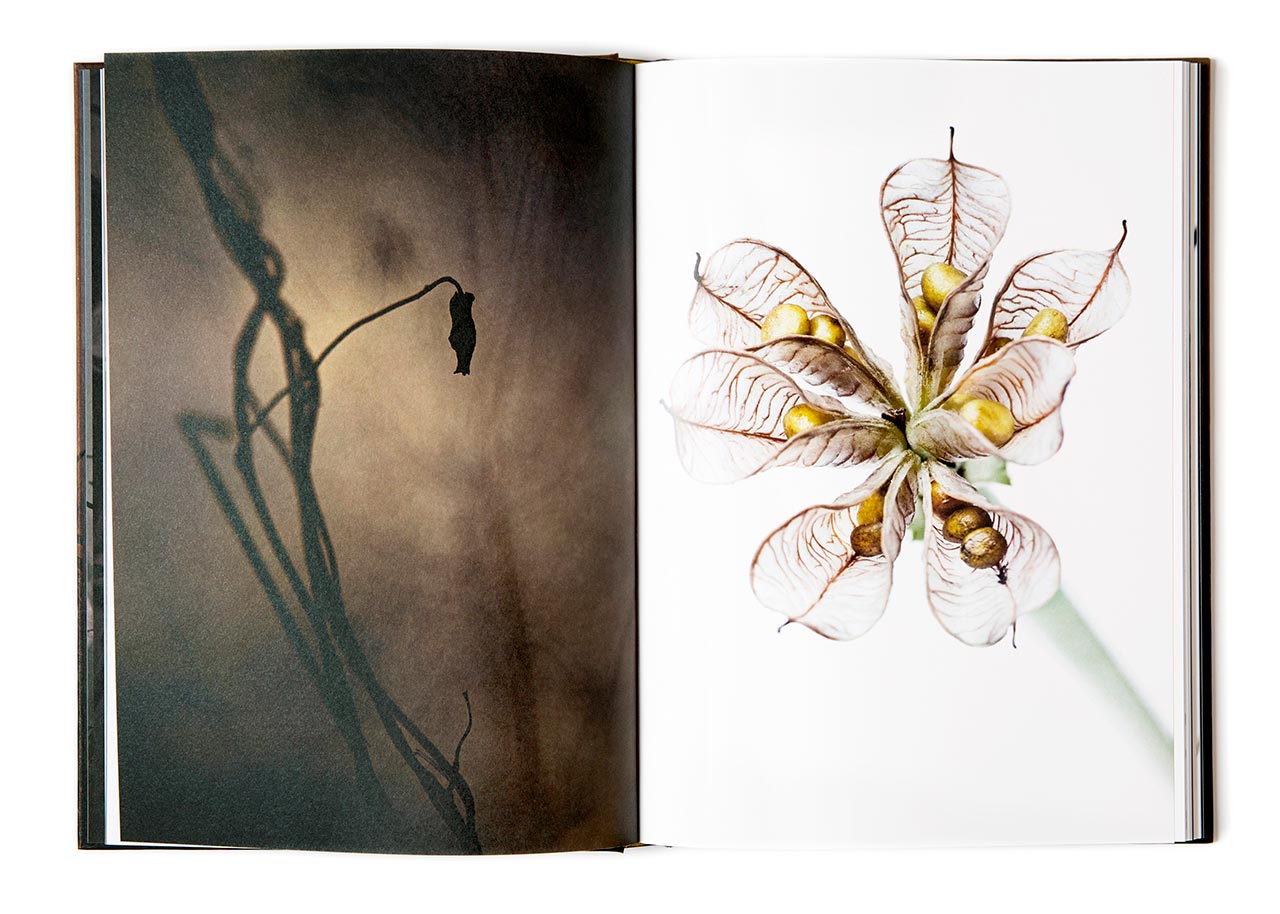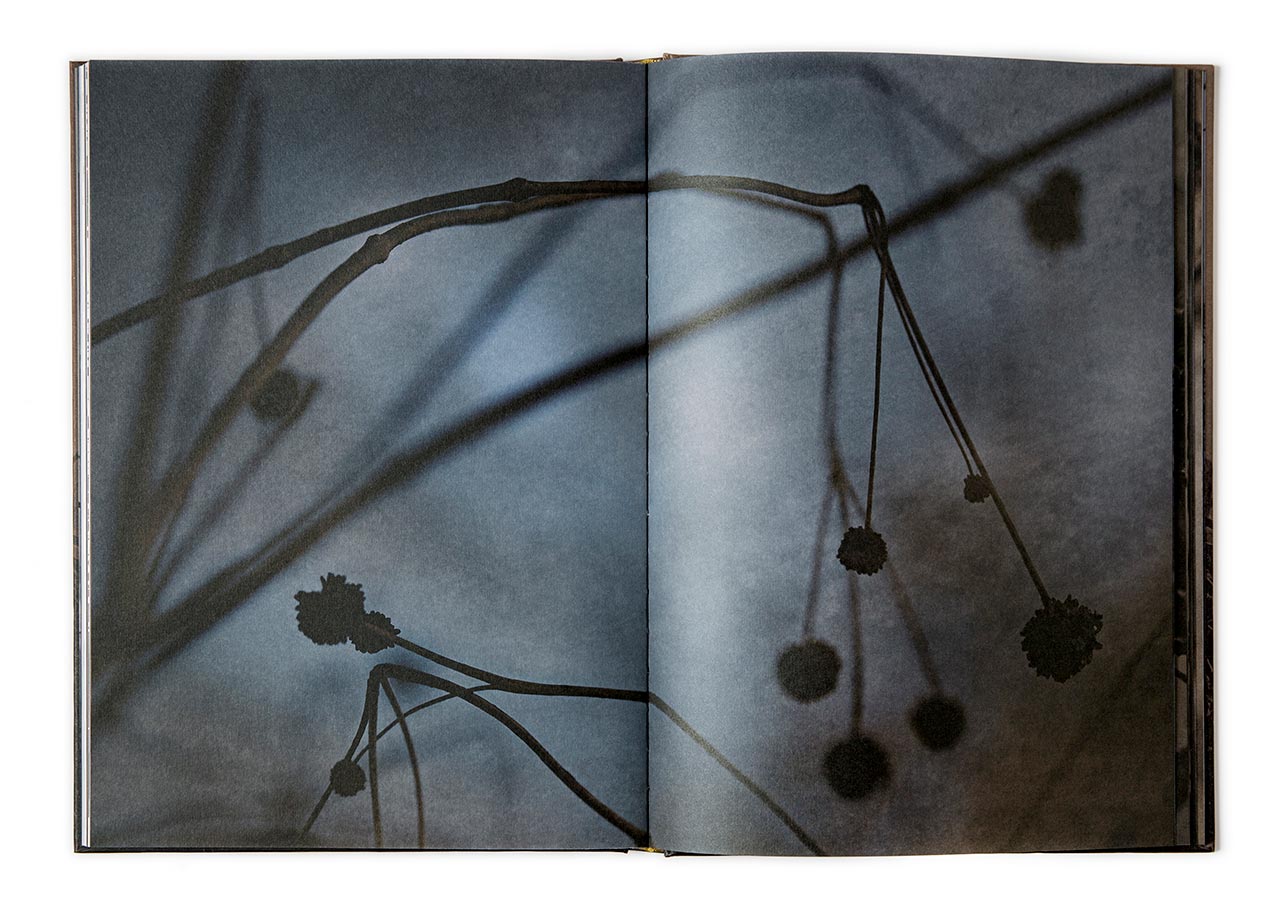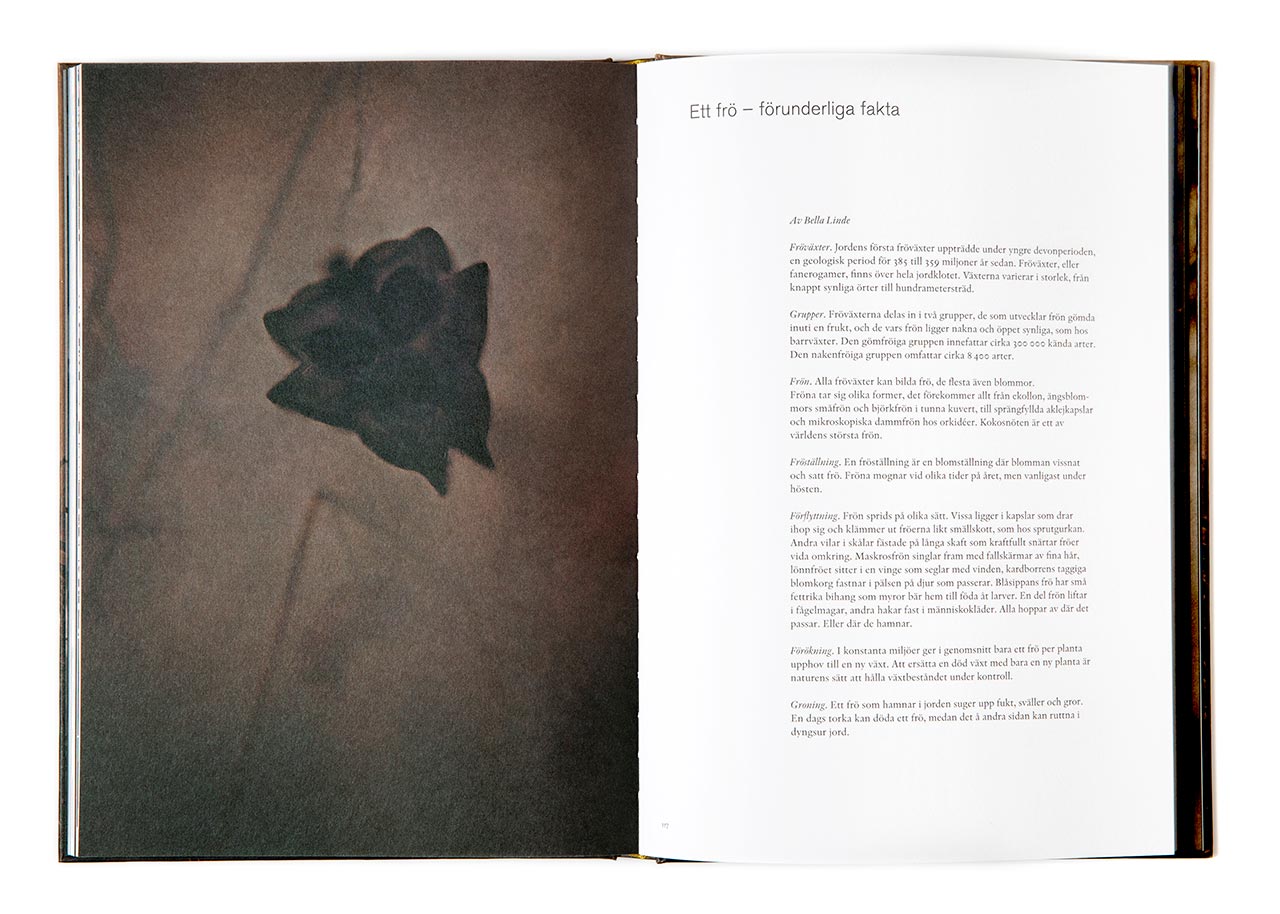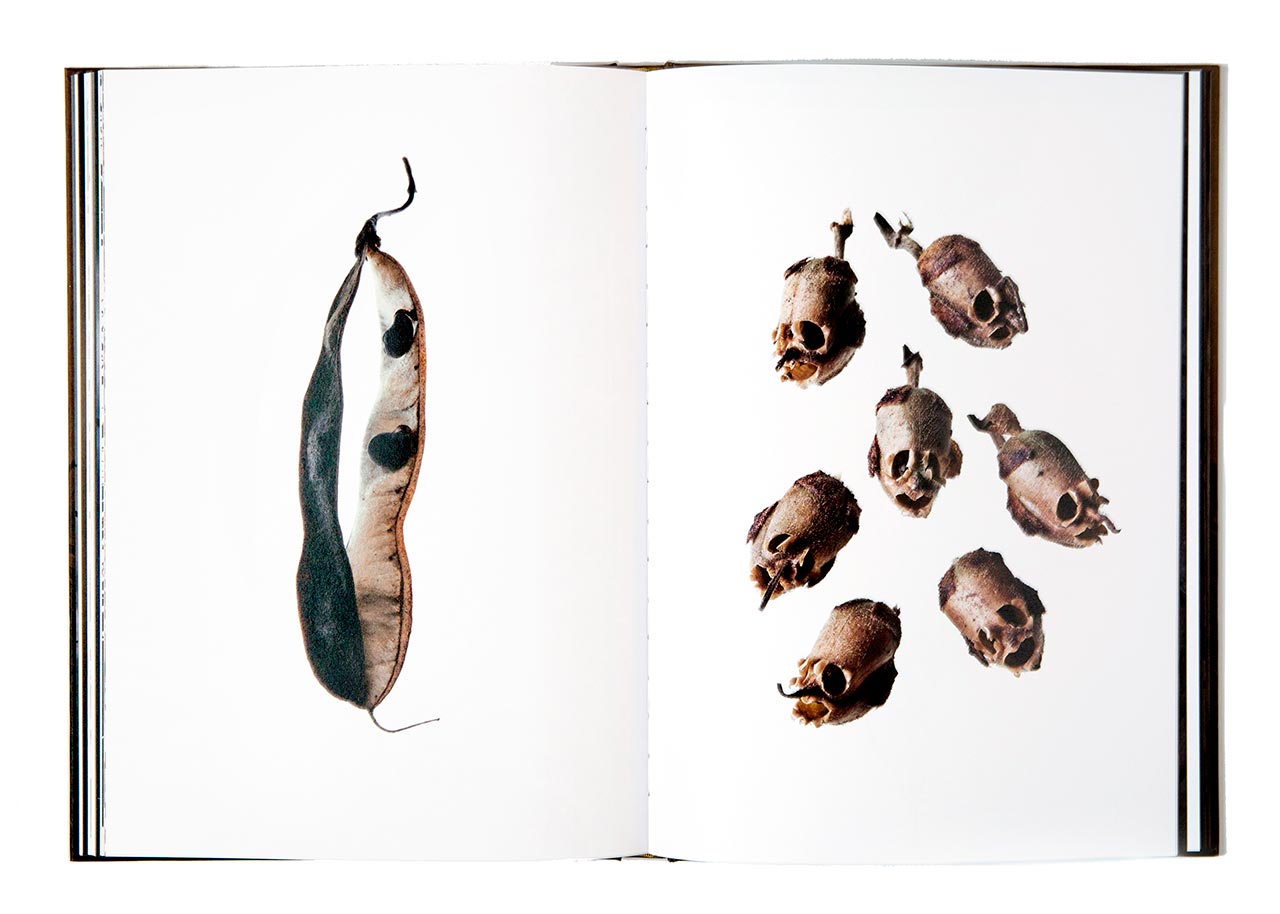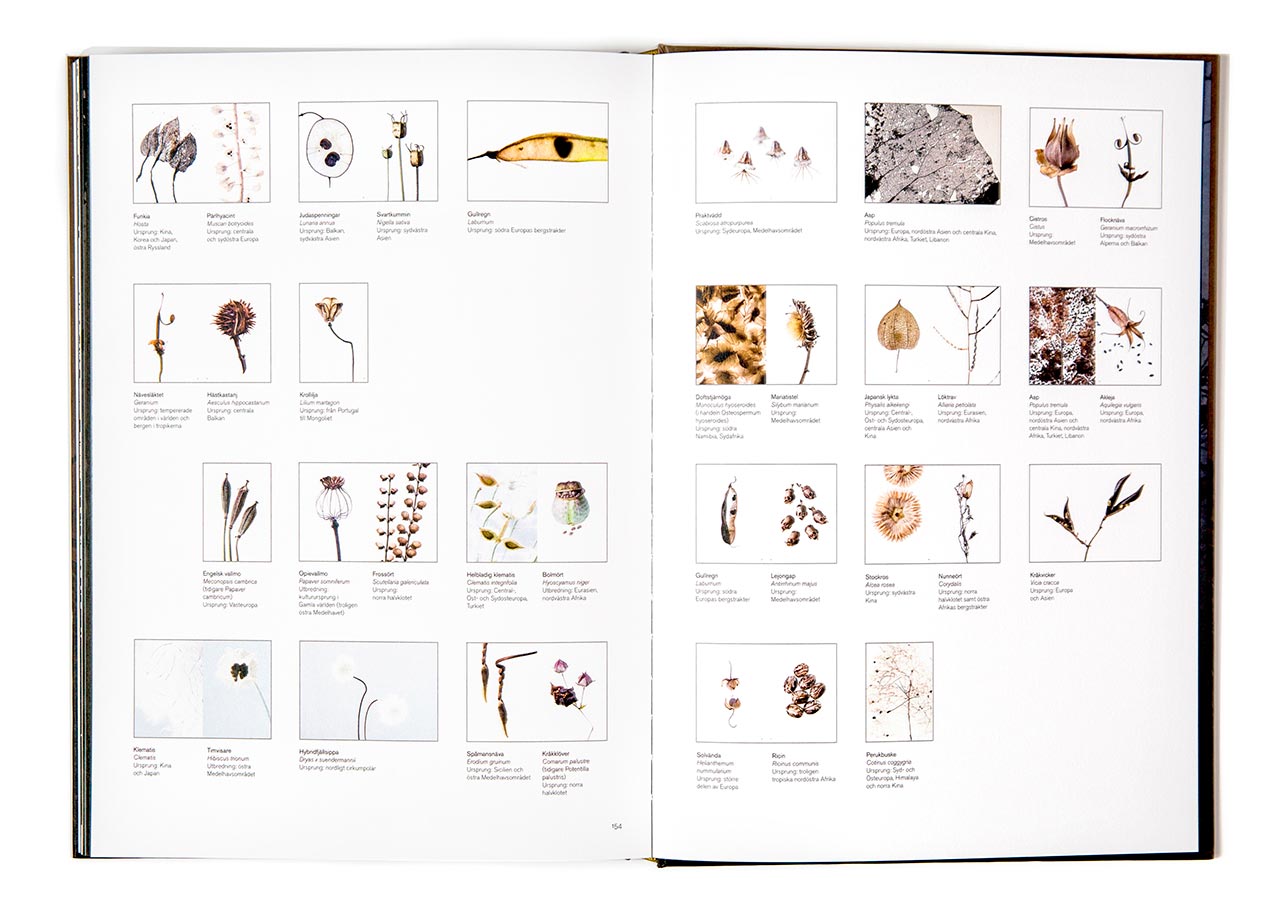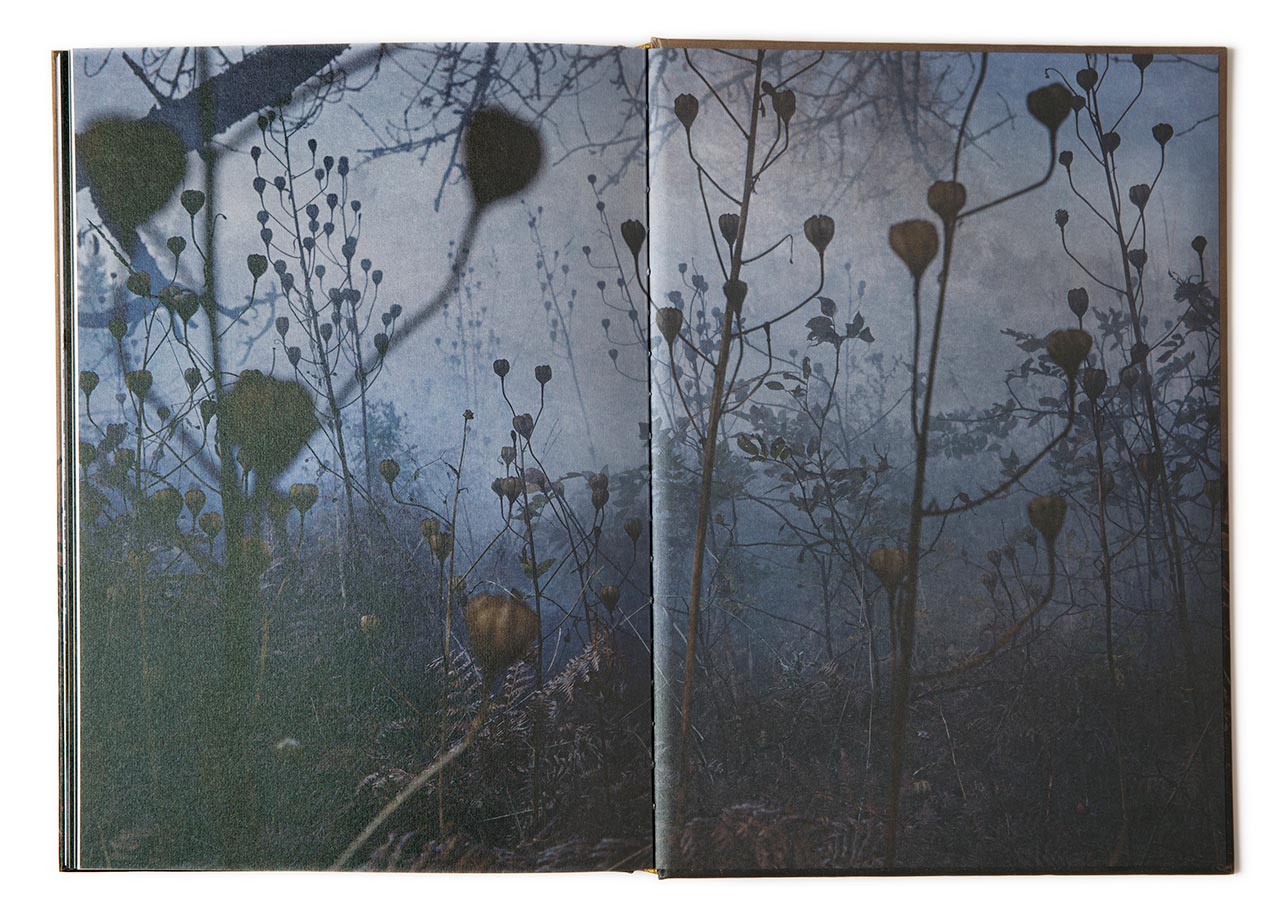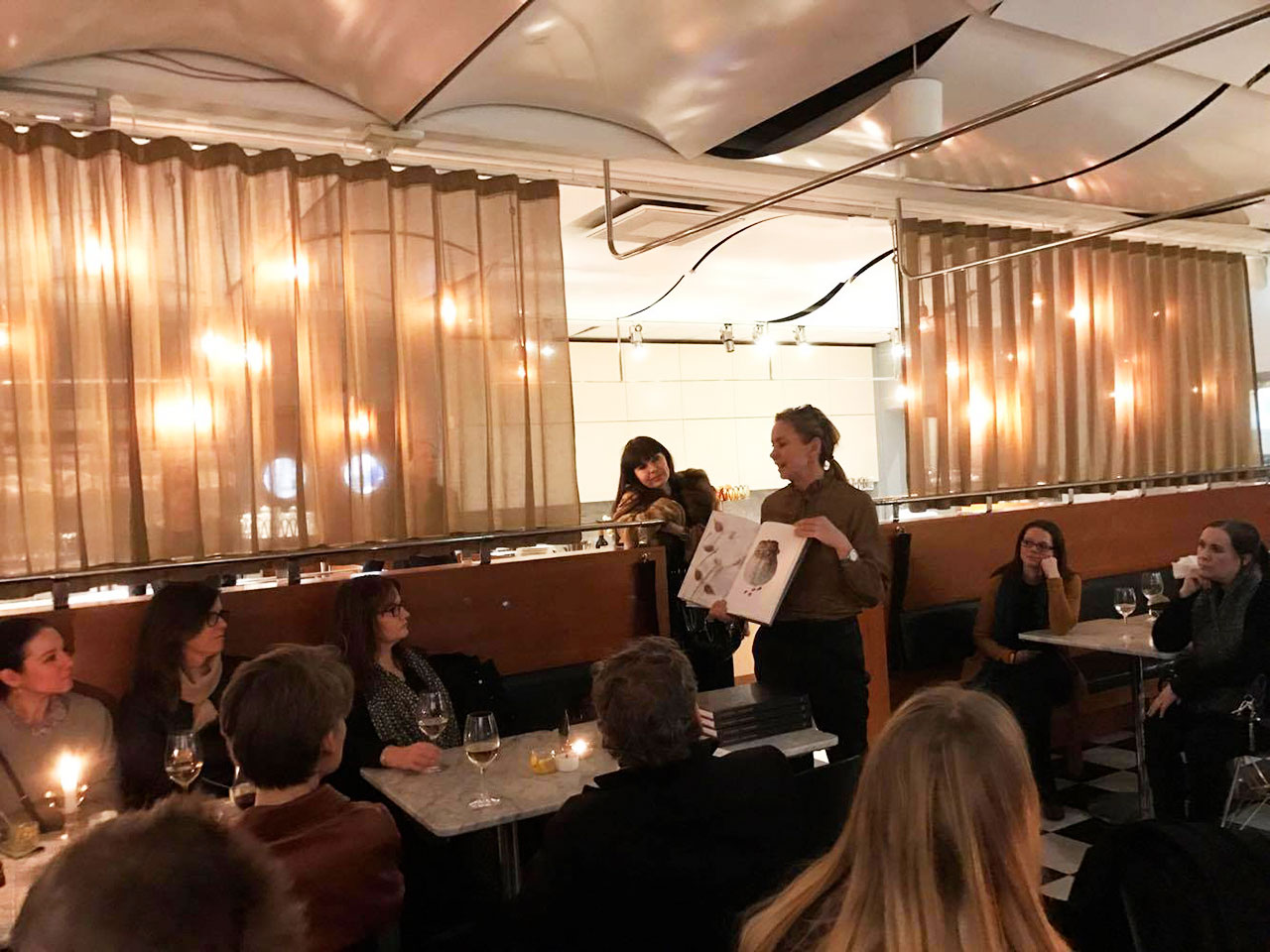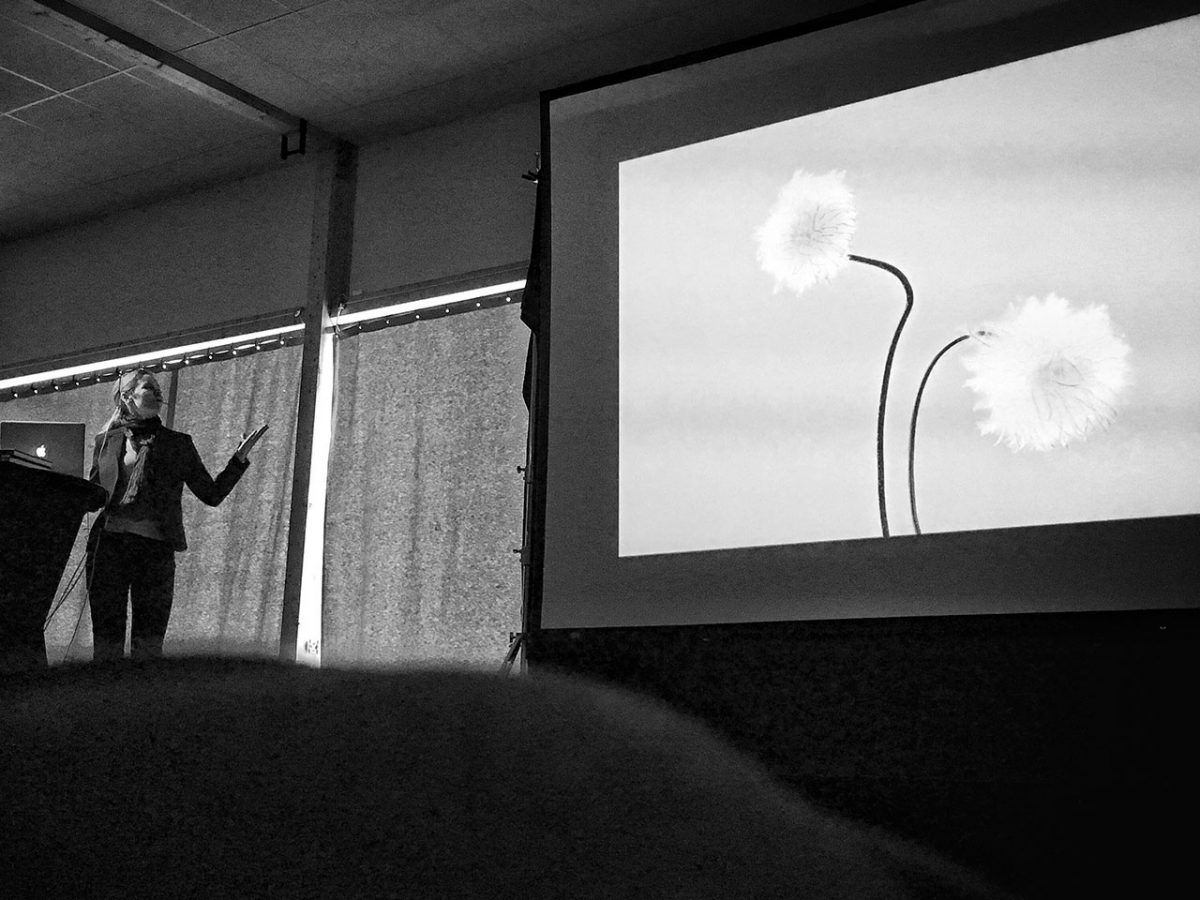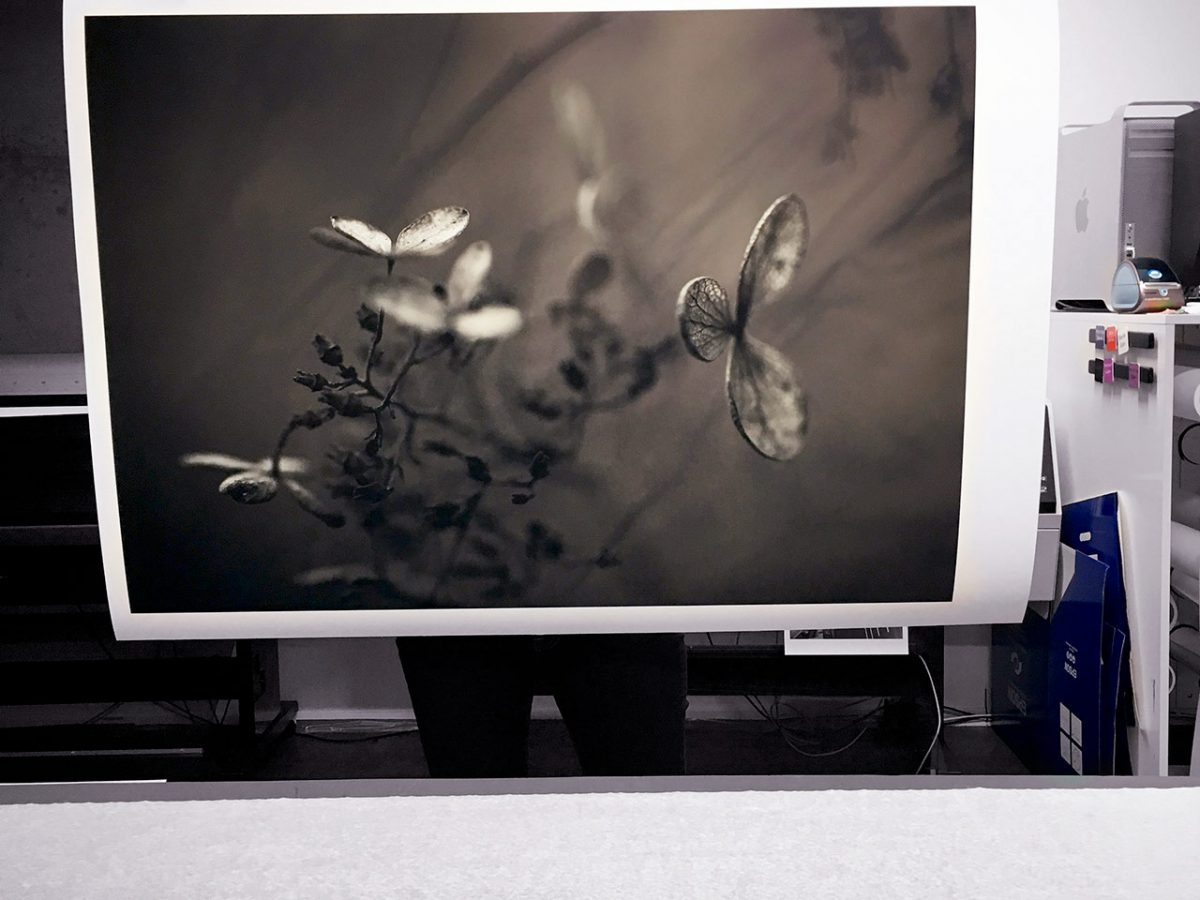Can plants think? Eat, make war, or die? And, if so, what do they feel when they prepare for death?
Lena Granefelt’s photographs are poetic studies of the life of plants after flowering and seeding. In her latest project, Flora supersum (‘supersum’ from the Latin for ‘to evade death’ ‘to keep living’), she has photographed seed heads, capsules and pods, all of which bear life and death in one and the same form. Thorn apple and skullcap, tufted vetch and snapdragon struggle for the survival of their species. The strongest – the one with the cleverest way of dispersing its seeds – survives. It is a case of what Thomas Hobbes called bellum omnium contra omnes – the war of all against all. The garden becomes a theatre of war, a battlefield.
But it is also a place that calls to mind a kind of beauty. Seeds, whether embryonic or withering and decomposing in a state of extreme decay, are of course rarely portrayed in floras or gardening books, but they are just as typical for plants as are splendid blooms and leaves. Why? Could it be our fear of death that causes us to overlook their luminous promise? For hope and the future flourish amid the death and decay.
In Granefelt’s photographs, every seed capsule becomes a personality, every dry seed head a bearer of new life. Photographed in the studio, they stand out as proud, beautiful and, occasionally, humorous portraits. The withered flowerbed is transformed into a theatrical stage, dramatically lit, where the principal actors attack each other with passion and eloquent monologues. Life and life more abundantly: for when spring seems furthest away we feel most intensely what everything really involves – an eternal cycle.
The project Flora supersum is a five year project that deals with the beauty in death and the struggle for survival, portrayed through the existence and will to live of plants. At a deeper level, the project also touches on issues of life and death, geographic borders and movement for all living beings.
Lena Granefelt’s photographs are poetic studies of the life of plants after flowering and seeding. In her latest project, Flora supersum (‘supersum’ from the Latin for ‘to evade death’ ‘to keep living’), she has photographed seed heads, capsules and pods, all of which bear life and death in one and the same form. Thorn apple and skullcap, tufted vetch and snapdragon struggle for the survival of their species. The strongest – the one with the cleverest way of dispersing its seeds – survives. It is a case of what Thomas Hobbes called bellum omnium contra omnes – the war of all against all. The garden becomes a theatre of war, a battlefield.
But it is also a place that calls to mind a kind of beauty. Seeds, whether embryonic or withering and decomposing in a state of extreme decay, are of course rarely portrayed in floras or gardening books, but they are just as typical for plants as are splendid blooms and leaves. Why? Could it be our fear of death that causes us to overlook their luminous promise? For hope and the future flourish amid the death and decay.
In Granefelt’s photographs, every seed capsule becomes a personality, every dry seed head a bearer of new life. Photographed in the studio, they stand out as proud, beautiful and, occasionally, humorous portraits. The withered flowerbed is transformed into a theatrical stage, dramatically lit, where the principal actors attack each other with passion and eloquent monologues. Life and life more abundantly: for when spring seems furthest away we feel most intensely what everything really involves – an eternal cycle.
The project Flora supersum is a five year project that deals with the beauty in death and the struggle for survival, portrayed through the existence and will to live of plants. At a deeper level, the project also touches on issues of life and death, geographic borders and movement for all living beings.
